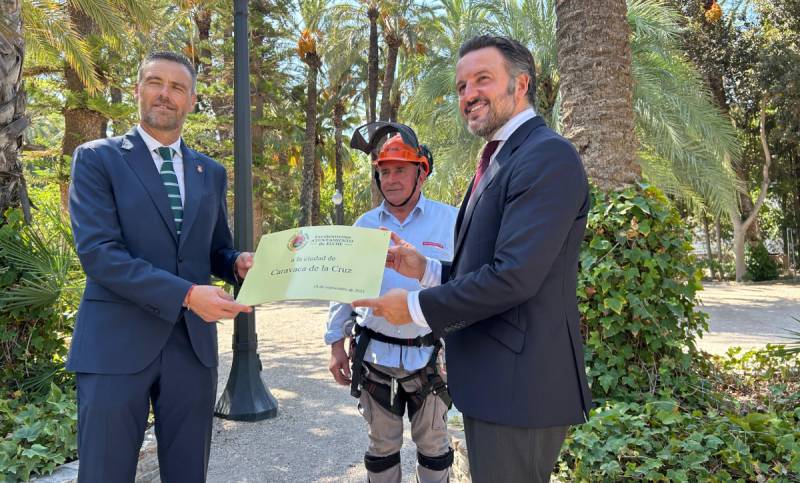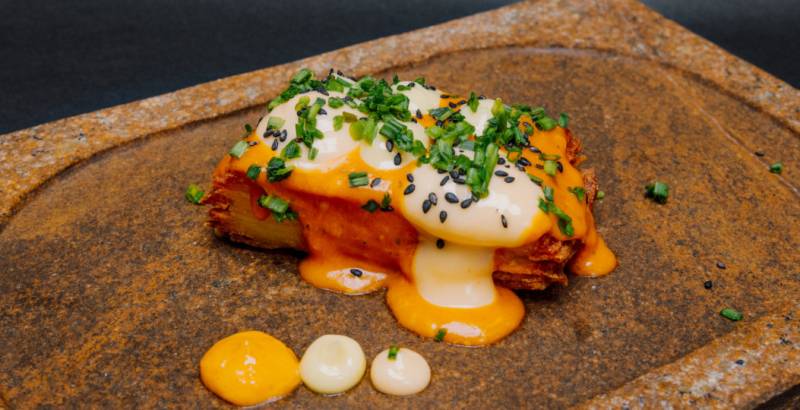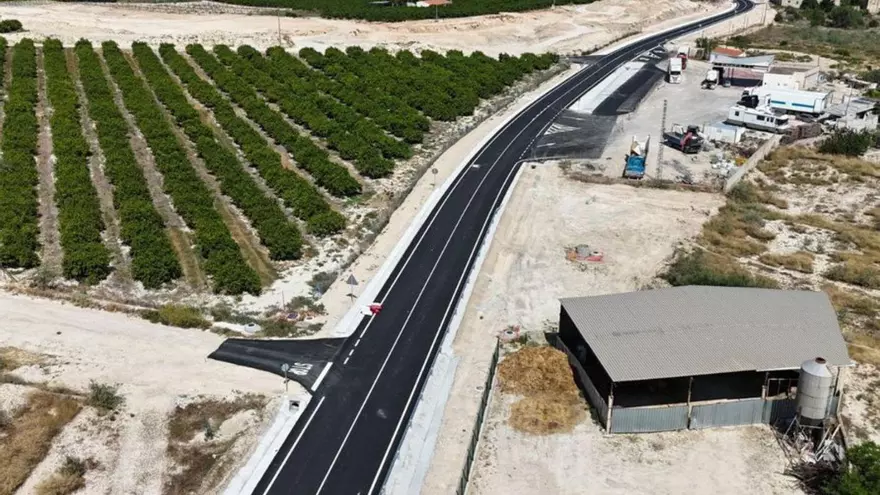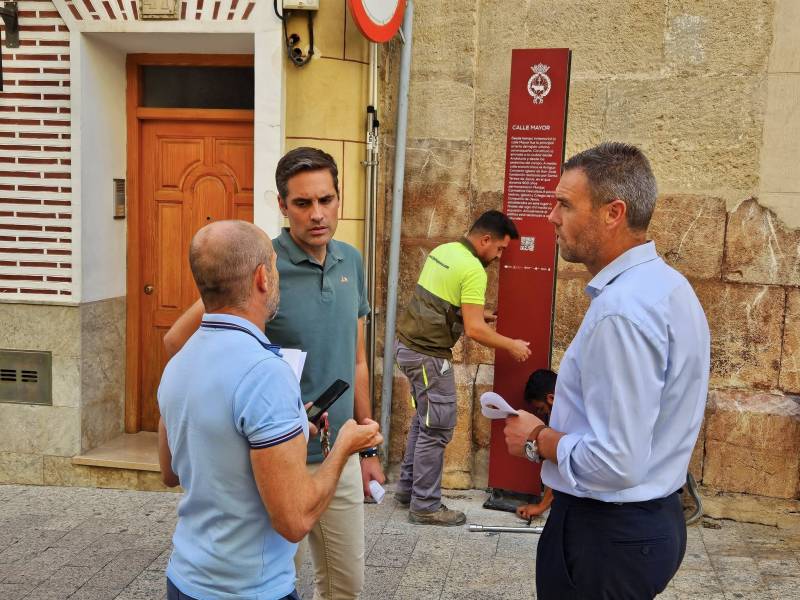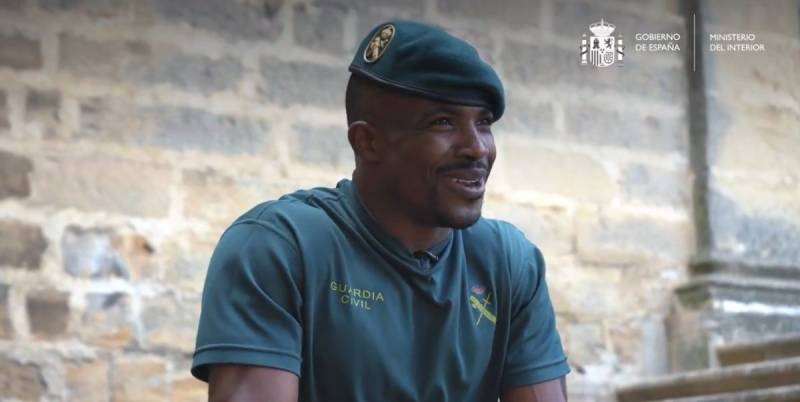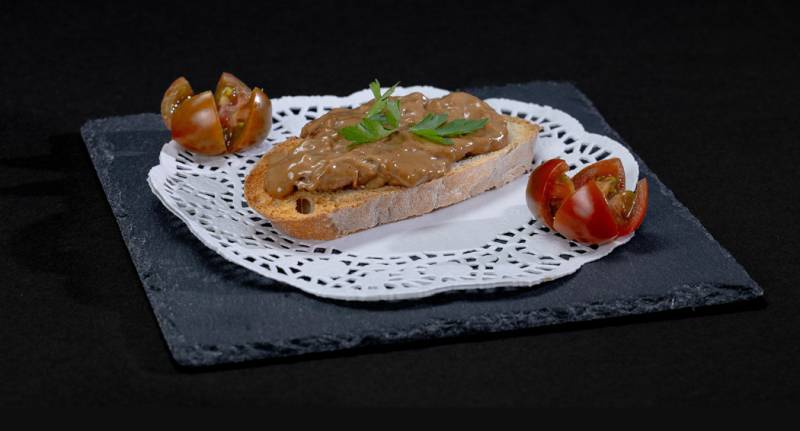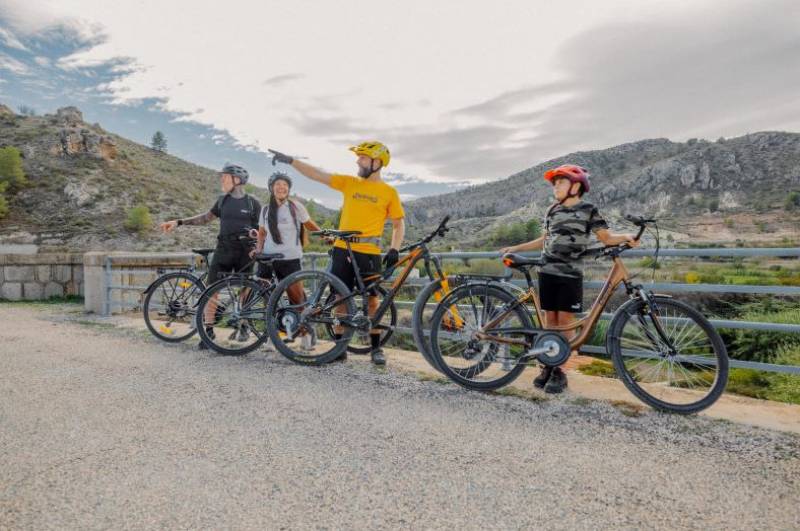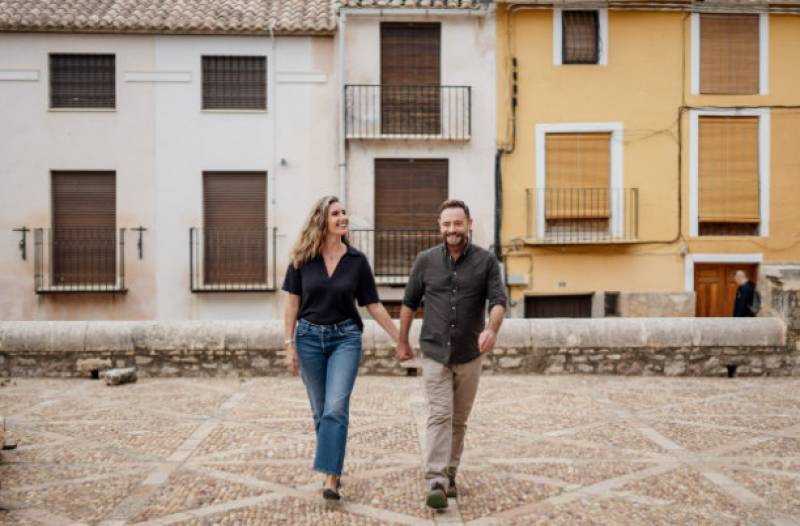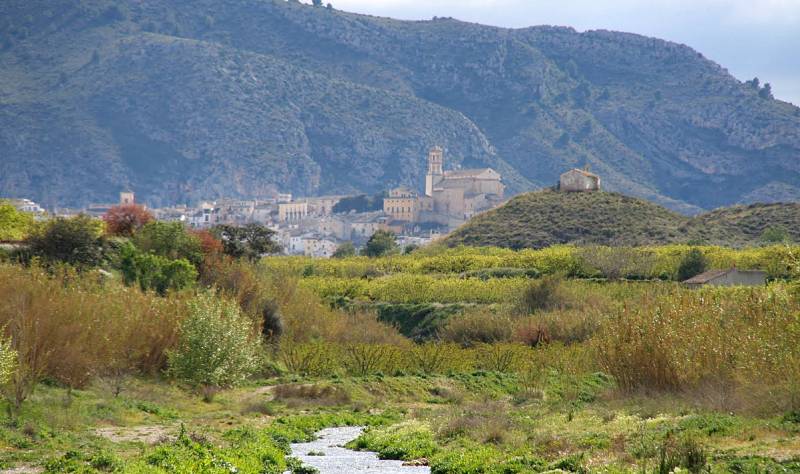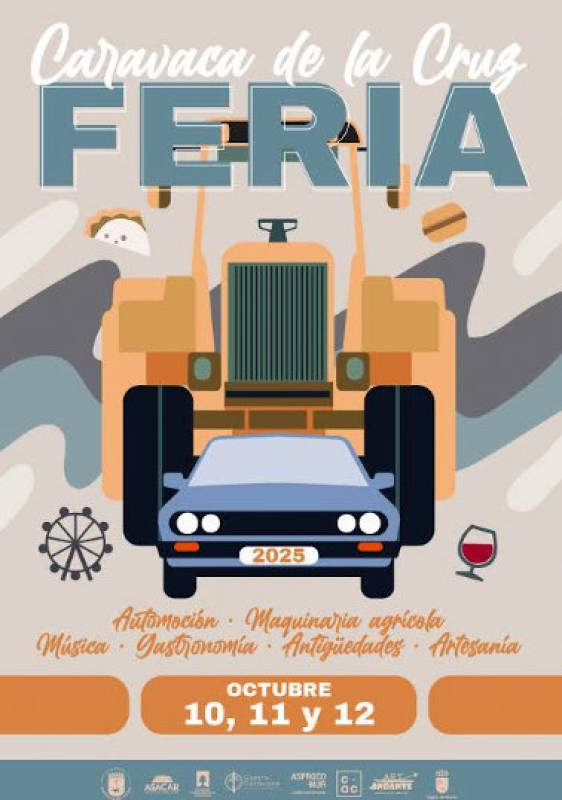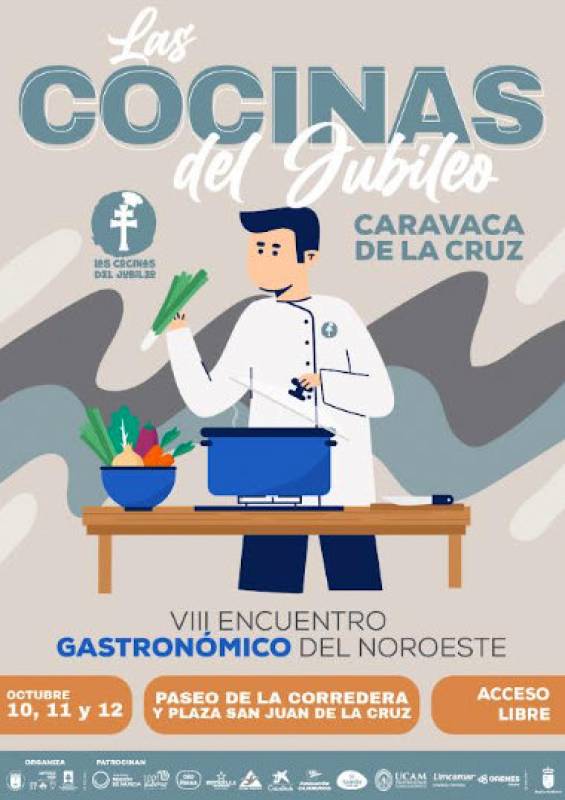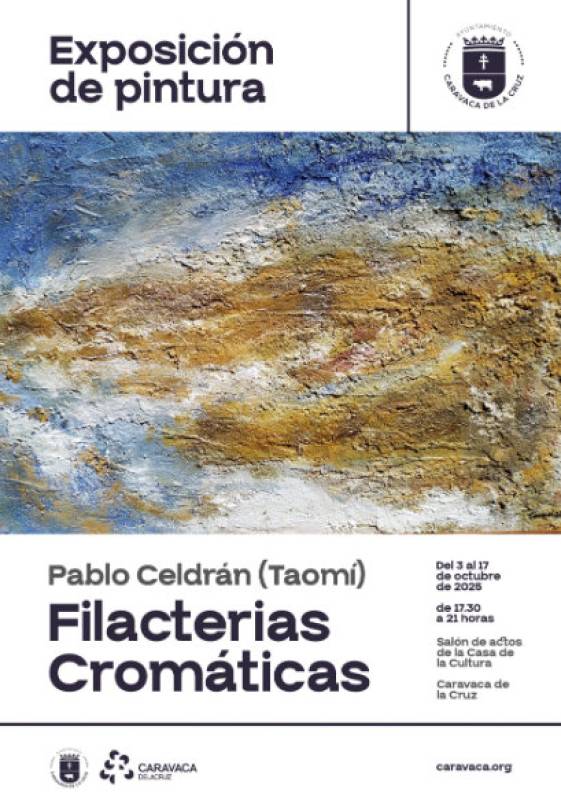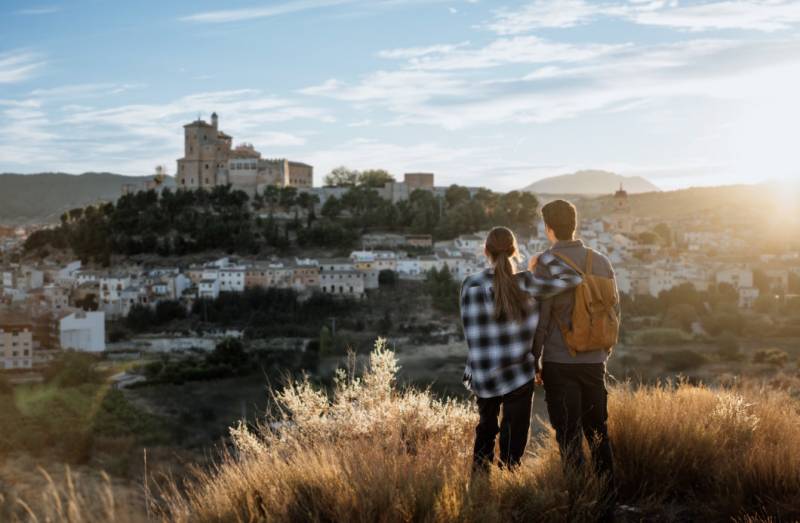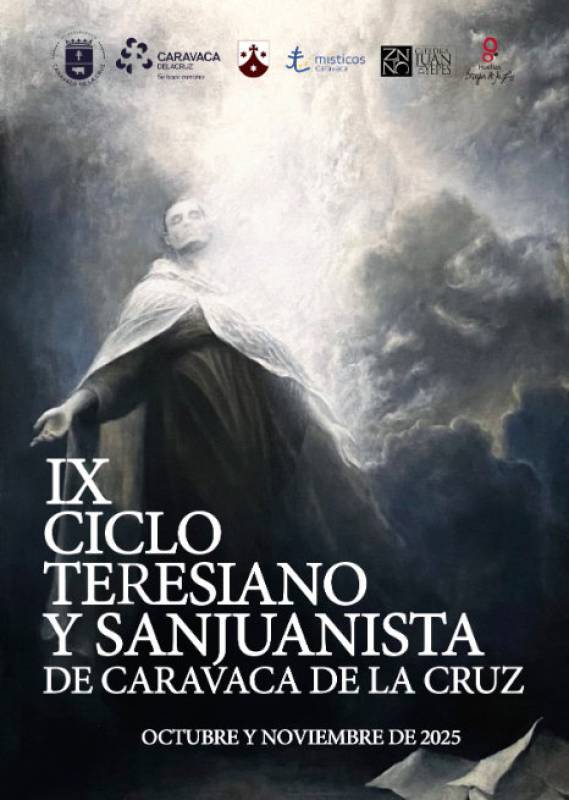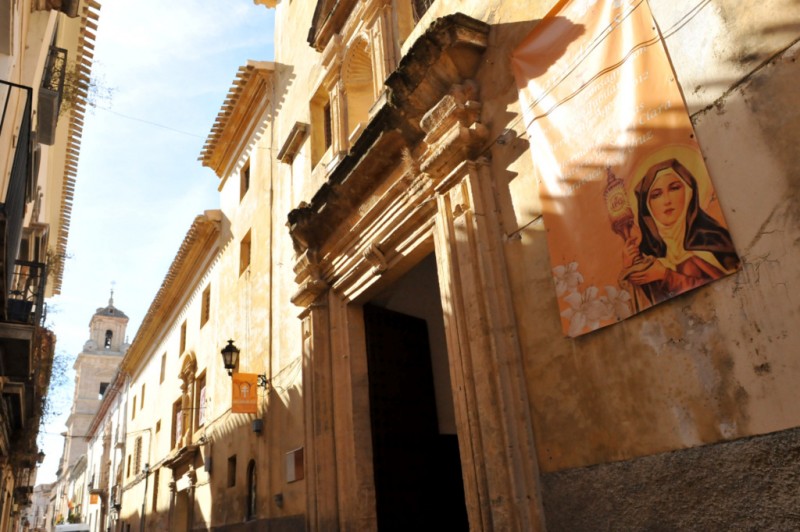 As a border town caught between the Catholic forces of Castille and the last remaining Moorish kingdom in the Iberian Peninsula, Caravaca had a turbulent medieval history, but it was during this period that the legend of the Cross of Caravaca was born, bringing the religious orders which shaped the structure of Caravaca today, with its impressive hilltop castle and eclectic collection of churches and monasteries. Today religious tourism is a backbone of the town's economy.
As a border town caught between the Catholic forces of Castille and the last remaining Moorish kingdom in the Iberian Peninsula, Caravaca had a turbulent medieval history, but it was during this period that the legend of the Cross of Caravaca was born, bringing the religious orders which shaped the structure of Caravaca today, with its impressive hilltop castle and eclectic collection of churches and monasteries. Today religious tourism is a backbone of the town's economy.
The municipality also has important natural resources, including extensive forests, some of which have protected status due to their wealth of flora and fauna, and due to the abundant water supply it is also a major area for canned fruit production, apricots in particular being an important crop.
Caravaca is renowned for its May fiestas, held in honour of the Vera Cruz, which also incorporate the Moors and Christians celebrations and the Running of the Wine Horses.
It is also home to Europe's largest collection of ethnic instruments at Barranda, the Museo de Música Étnica in Barranda, and is the location of the Barranda festival de Cuadrillas, which celebrates the Region's ethnic music traditions.
 Where is Caravaca de la Cruz?
Where is Caravaca de la Cruz?
The municipality is home to around 26,000 inhabitants and shares boundaries with Moratalla, Cehegín, Lorca and the provinces of Almería and Granada.



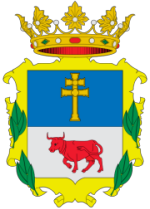










 Caravaca de la Cruz, in the north-west of the Region of Murcia, is one of only 5 Holy Cities in the world, making it a centre of pilgrimage along with Rome, Jerusalem, Santiago de Compostela and Santo Toribio de Liébana, and is home to the
Caravaca de la Cruz, in the north-west of the Region of Murcia, is one of only 5 Holy Cities in the world, making it a centre of pilgrimage along with Rome, Jerusalem, Santiago de Compostela and Santo Toribio de Liébana, and is home to the 